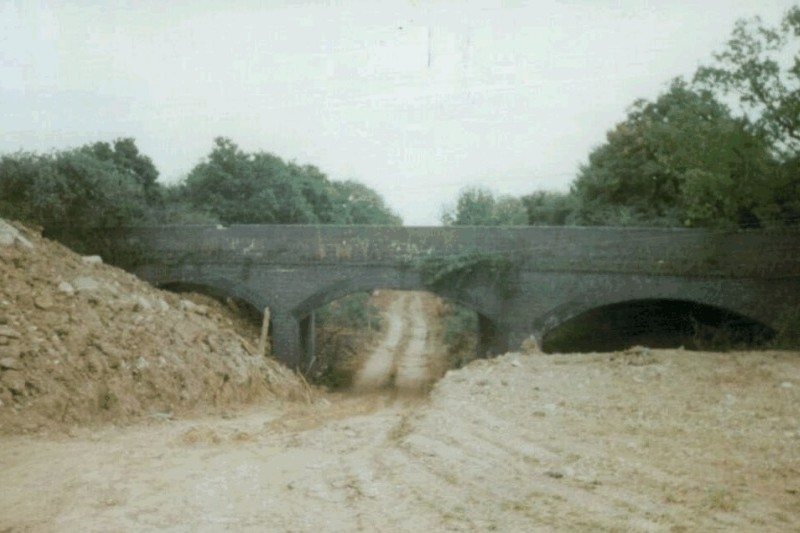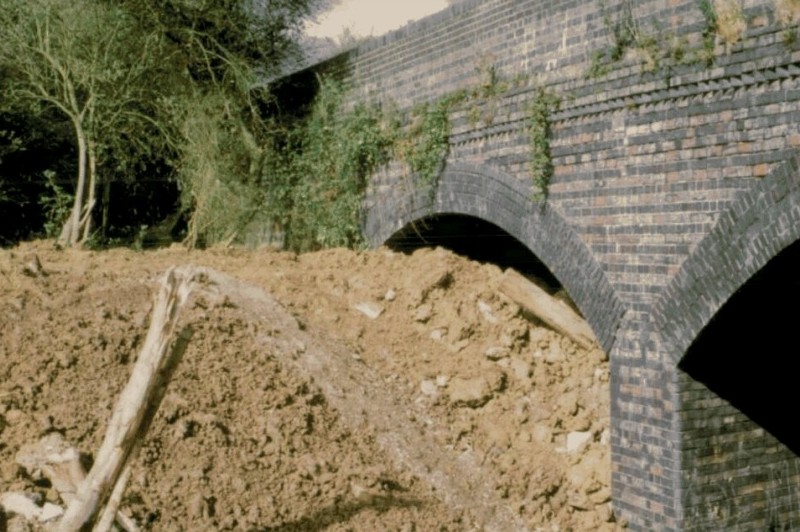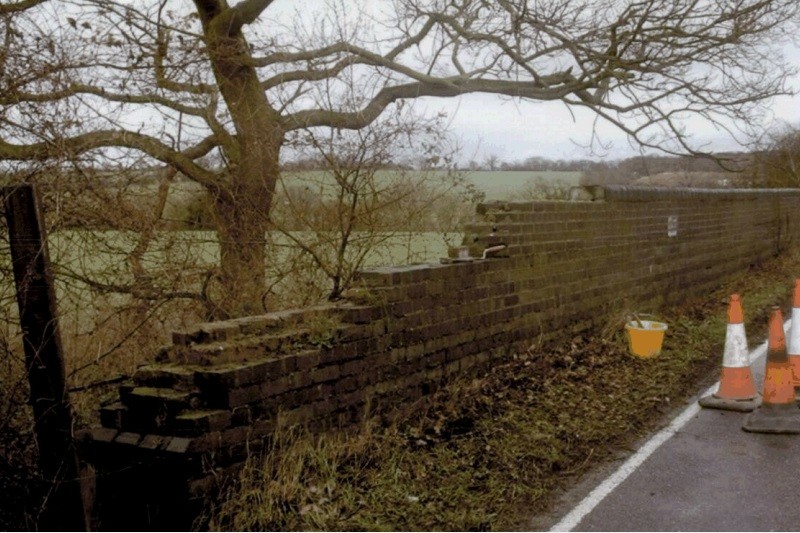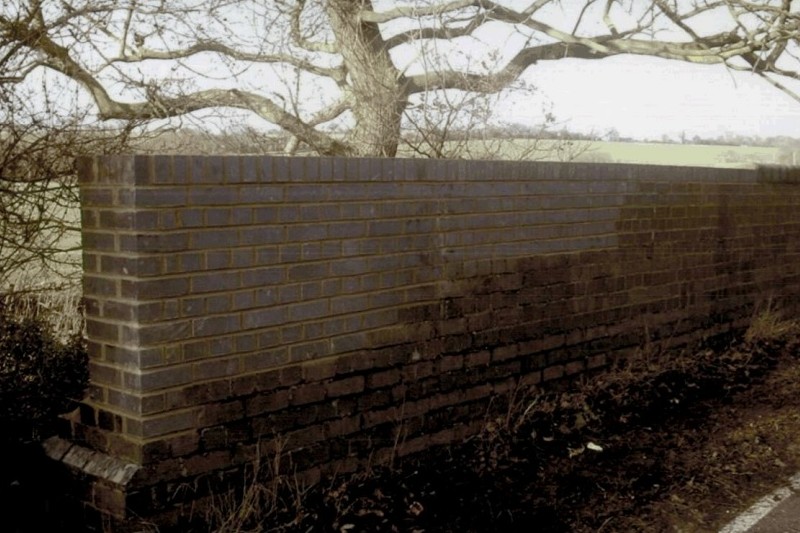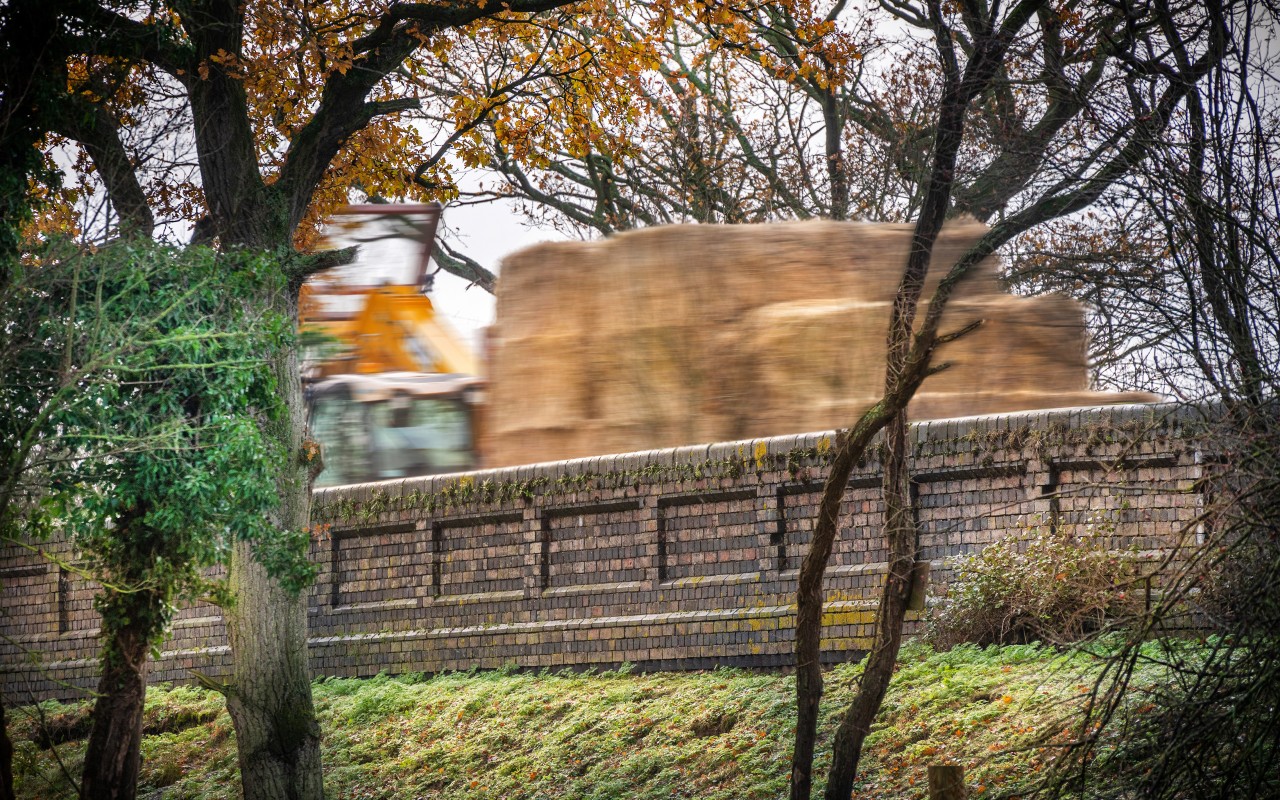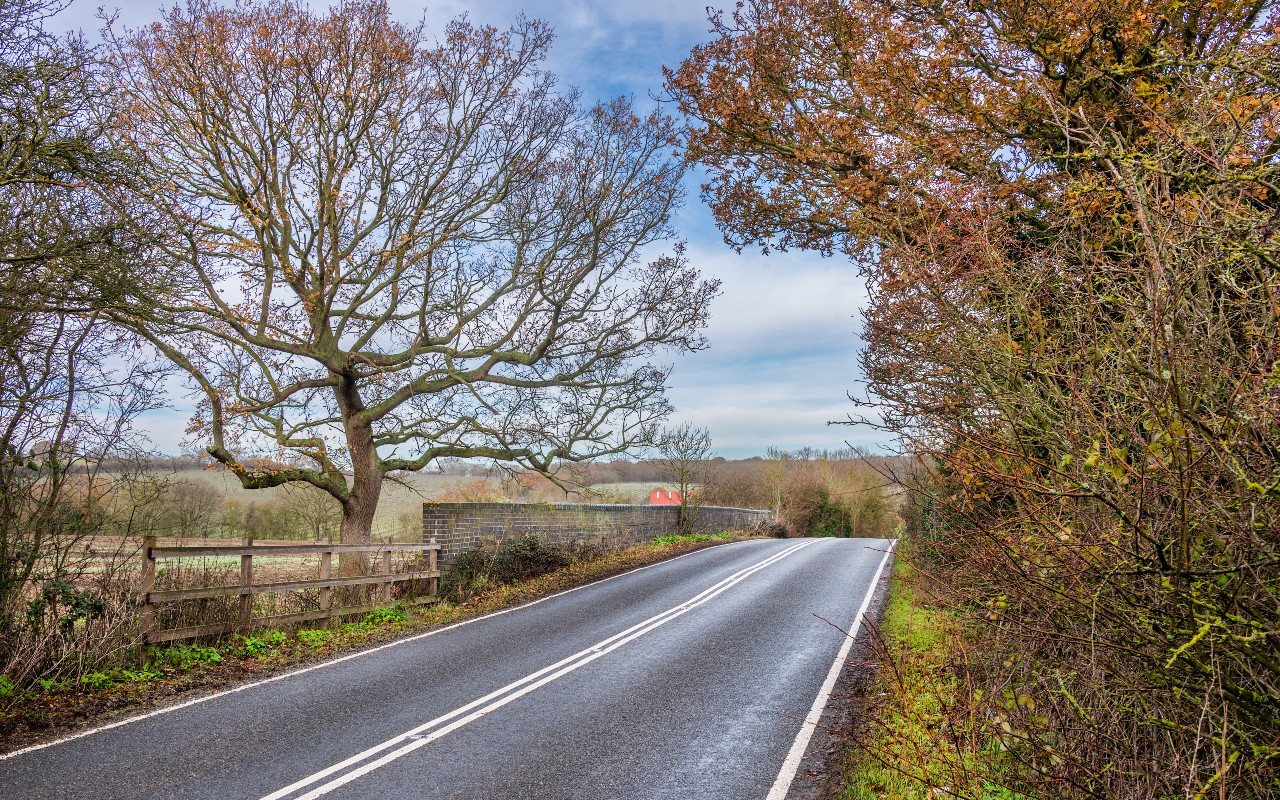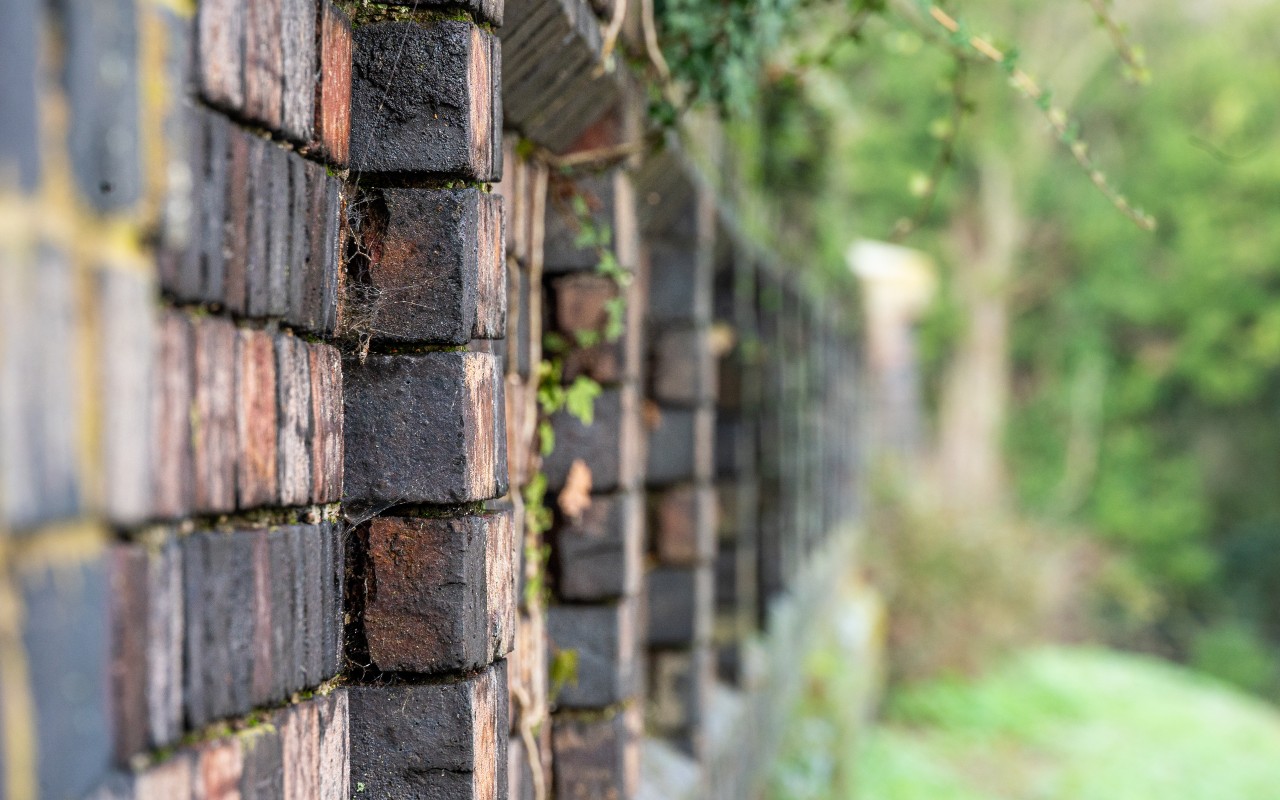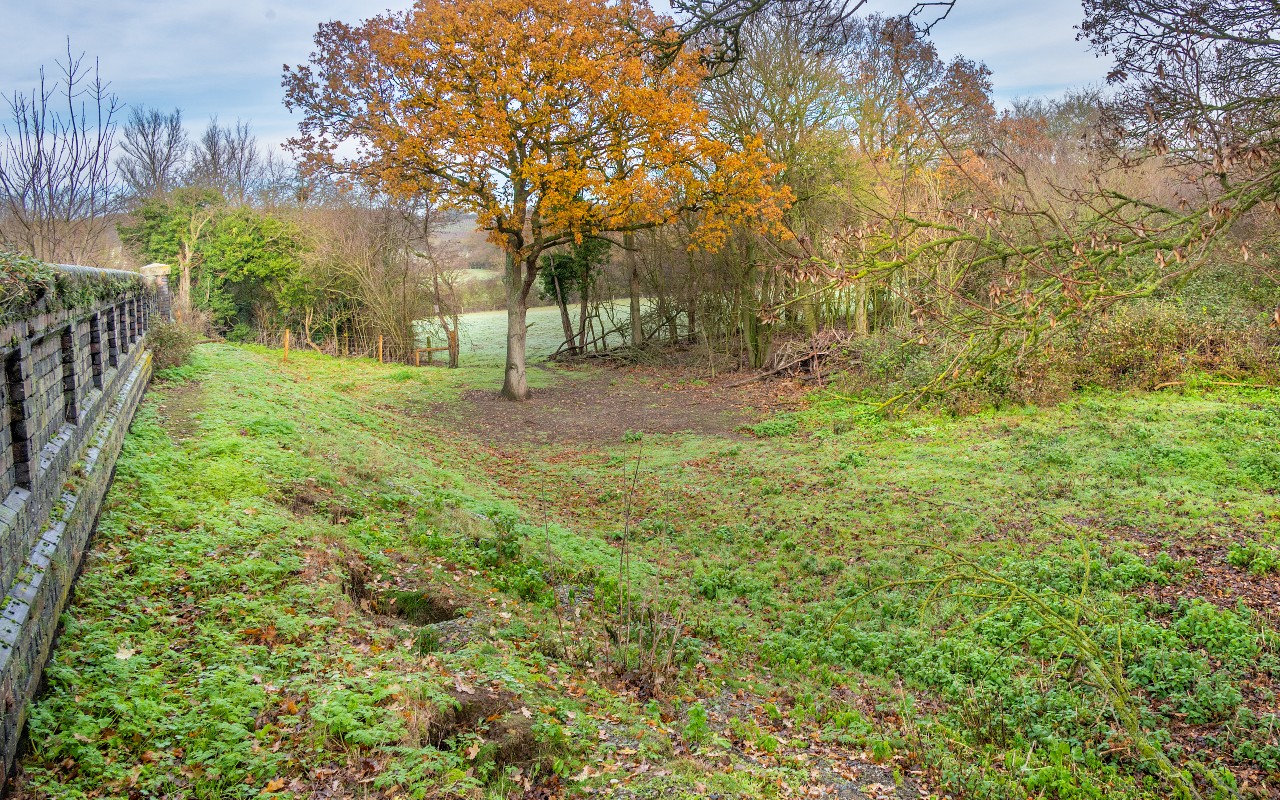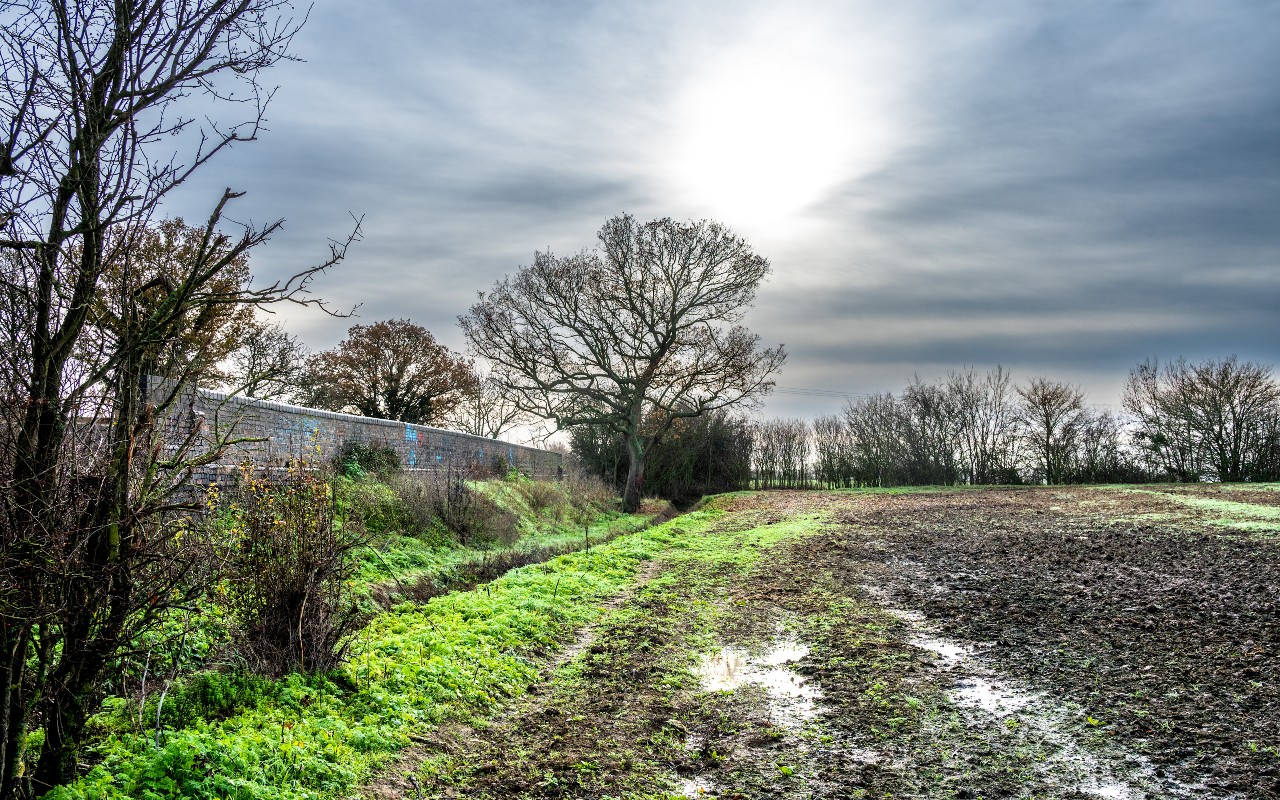Project profile: Wellinditch Bridge
Built in 1889 Wellinditch Bridge (formerly Cold Norton Bridge) carries an unclassified road over the former single branch line from Woodham Ferrers to Maldon railway, part of the former Great Eastern Railway (GER) - connecting holiday makers to the seaside.
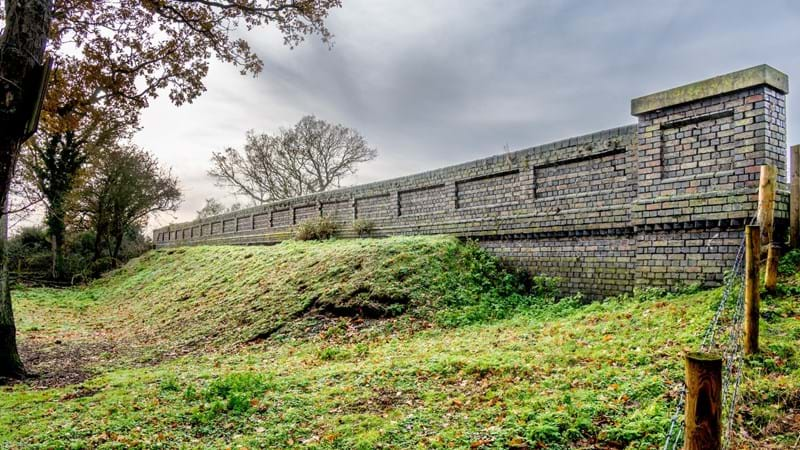
Share this article
Location: South Woodham Ferrers, Essex
Project managed by: National Highways on behalf of the Department for Transport (DfT)
Status: Work complete
History
In 1923, the line became part of the London and North Eastern Railway (LNER). During the Second World War passenger services on the Maldon West to Woodham Ferrers line were withdrawn and never reinstated. Following the war, the line continued to be used for goods traffic but with nationalisation, completely closed in 1953.
With the privatisation of British Rail in 1997 the British Rail Board became the organisation responsible for disposing of non-operational railway land and structures. This later became BRB (Residuary) Ltd.
We took over management of the bridge, and the wider Historical Railways Estate, on behalf of the DfT in 2013.
About the structure
Wellinditch Bridge consists of three brick arches and parapets supported on abutments and piers. The structure carries an unclassified road to the north of South Woodham Ferrers in Essex, used heavily by large vehicles. The bridge was in poor condition for many decades. During an assessment by Essex County Council in 1999 it was noted that two of the three bridge arches had been infilled by parties unknown. One of the parapets had been damaged by vehicles, so received repairs in 2005 under the management of BRB (Residuary) Ltd.
As of 2000, there has been no weight restriction on the structure. There had been some periods of movement, though mainly the bridge had remained stable.
What was the project?
As part of caring for the Estate we carry out examinations on all out structures. During a visual exam in 2018 we noted movement in the bridge again, this was following movement that was noted by previous managing agents. Following this we began to monitor the bridge at increasing frequencies; this showed the movement was continuing. In August 2019 we instigated an emergency road closure (with the permission of Essex County Council) as a short-term safety measure.
What work needed to be done?
The local community and Local Highway Authority needed the road over the bridge re-opened as quickly as possible. The identified movements meant we were unable to properly support the bridge and assess what repairs were required. Infill was therefore deemed the safest, quickest and most effective method of ensuring the structure was safe to use.
A combination of factors including shallow foundations, being built on clay and the route being heavily used by HGVs exacerbated the movement. We informed the Local Highway Authority, Parish Council, Essex County Council, the local community and landowners of our plans to infill. There were no objections and no forthcoming plans for active travel or repurposing of the former railway structure.
Infill was completed in two stages between December 2019 and August 2021 at a cost of £240,416.92. The works restore the bridge to its full capacity of 40 tonnes.
What stage is it at?
In December 2022 concerns were raised by a member of the public around the powers used to carry out the necessary infill works on the bridge.
Following discussions with Maldon District Council and the local community, we’ve received written consent from the Planning Authority that the works we delivered to keep Wellinditch Bridge safe can remain.
Find out more about our approach to infilling.
Image gallery
Use the arrows to browse through the image gallery of Wellinditch Bridge.
"We are passionate about our role in helping to protect Britain’s railway heritage and always try to make the best decisions in the public interest. Safety is at the heart of everything we do as an organisation. We’re committed to keeping the public safe, on and around our structures and we’ll continue to work closely with our stakeholders and relevant groups to inform the decisions we take on the management of the Estate."Hélène Rossiter, National Highways Head of Historical Railways Estate
